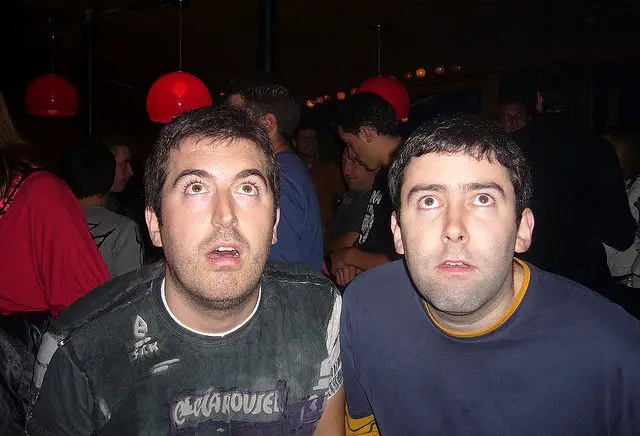Jonathan Dodd‘s latest column. Guest opinion articles do not necessarily reflect the views of the publication. Ed
In the film Amadeus, there’s a scene where Mozart’s employer, the Emperor Joseph II, attends a concert of the young maestro’s latest work, the Marriage of Figaro, in a huge and beautiful auditorium. At the end, when asked, the Emperor says -‘Good work, Mozart. But there were too many notes’.
I will always cherish the look on Mozart’s face, played brilliantly by Tom Hulce, as he frantically goes inside and replays the whole thing in his head in an instant, searching for any notes that shouldn’t be there, and his anguished reply – ‘Sire, which notes?’. Of course, there was no answer to that. In his day, Mozart was not the most popular composer around, he was seen by many as being too intense and overblown, and perhaps the Emperor was of the same opinion. We’ll never know. It was only later that Mozart’s greatness was truly appreciated.
Commissioned by the rich and powerful
For me, the most important thing is that Mozart reflected on the comment, then didn’t change a single note, because in his mind it was exactly as it was supposed to be.
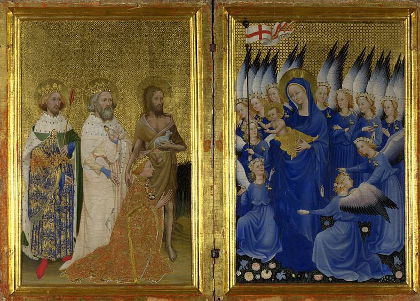
There’s always been an interesting interaction between artists of all sorts, and their sponsors, and the critics. It’s only fairly recently that artists have been able to set up shop and decide what they want to produce. In Mozart’s day many composers were thought of as servants. Most of their work was commissioned by the rich and powerful and designed to showcase and immortalize their greatness and/or their piety. The same went for painters and sculptors.
The invention of the toothpaste tube
The modern idea that artists could create their works for sale to the highest bidder was relatively unknown, and they were also restricted by the tools that existed at the time. I recently watched a marvelous series about the Impressionists, which put forward the idea that it all came about because of trains, the mass-production of portable easels, and the invention of the toothpaste tube. Some clever person realized that you could put oil paint in a tube and cap it, rather than mixing it and having to use it straight away.
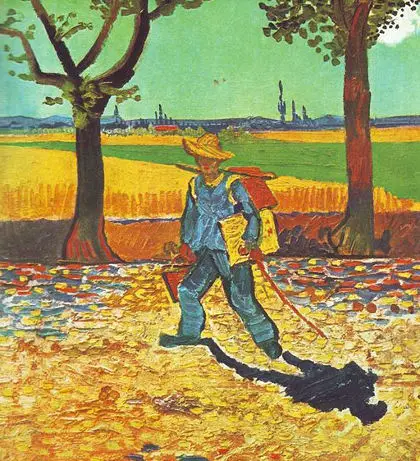
Suddenly France was full of artists carrying their easels and paints on the train to the countryside and painting in the open air. This had never been practical before. Sketching had been done outside, and the actual painting happened only in the studio. And the new generation of artists were able to paint what they saw, in the way they saw it. Of course there was uproar, and they relied on sponsorship at first before these new works became fashionable.
Sir Stanley Matthews
Nowadays, the rich and famous have agreed to outbid each other for ownership of great works of art, and there are a lot of artists who have become rather rich and famous in their own right. Is the art produced now as good as it used to be? I have no idea. It’s a little like wondering whether Sir Stanley Matthews would be selected for the England team today. The comparison’s not possible, because the world has changed too much.
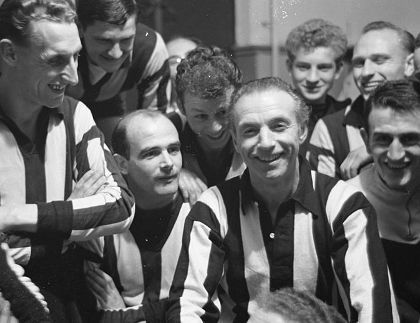
The thing I like about all this, of course, is that artists are allowed to be themselves now, and they can create what they want. We cherish their vision and their view of the world, and we benefit enormously from the variety of individual voices out there talking to us, and from all the ideas and discussion they stimulate.
Making a Mozart face
The face that Mozart made when told he had written too many notes reminds me of Saga Noren, of the Malmo Police Department, as seen in the two series so far of the Bridge. I’m a huge fan. If you haven’t seen the Bridge, it’s a wonderful and weird Scandinavian series about a crime committed on the bridge between Denmark and Sweden, causing the police forces of Copenhagen and Malmo to have to work together.
Saga Noren, the Swedish detective, is uniquely written, in that she has some form of autism which causes her to have great difficulty with human relationships. She just doesn’t work like all the people around her. I have no idea whether she would in real life be able to get and keep that job, but I don’t care, because I love to watch her interacting in her unique way with other people, and there are a lot of moments when either she or the person she’s talking to looks just like Mozart did.
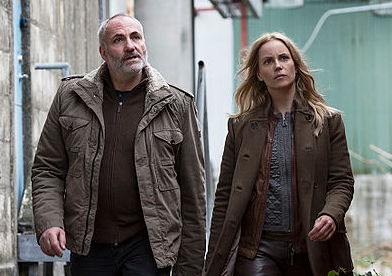
The greatest thing about being human is not the sameness we can all demonstrate, but the differences we all bring to the mix. There is no one right way to do anything, there is no one answer to any question. There are a multitude of beliefs out there. Nobody can absolutely prove that they are right and everyone else is wrong. We should be talking and listening to each other, because that’s how we learn.
Why do we always find it so hard to remember this?
If you have been, thank you for reading this.
Image: Bertogg under CC BY 2.0
Image: Public Domain under CC BY 2.0
Image: Public Domain under CC BY 2.0
Image: Nationaal Archief Fotocollectie Anefo under CC BY 2.0
Image: Carolina Romare, Filmlance International under CC BY 2.0

